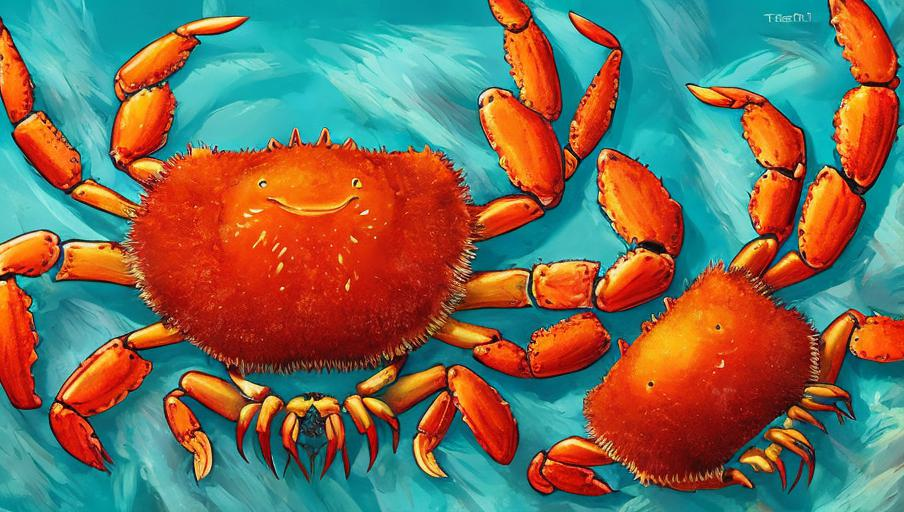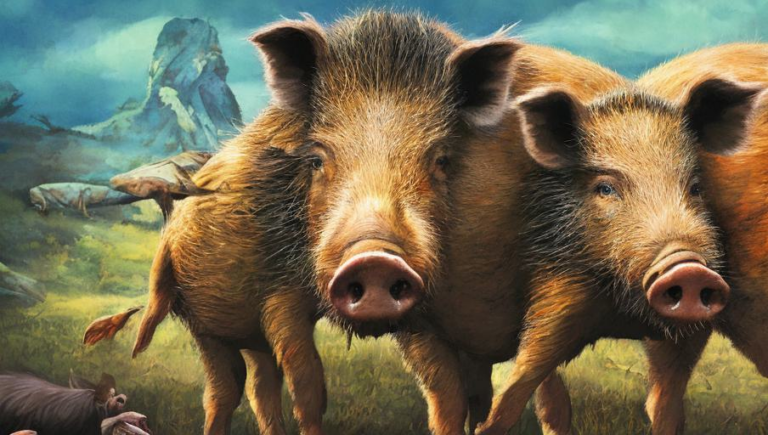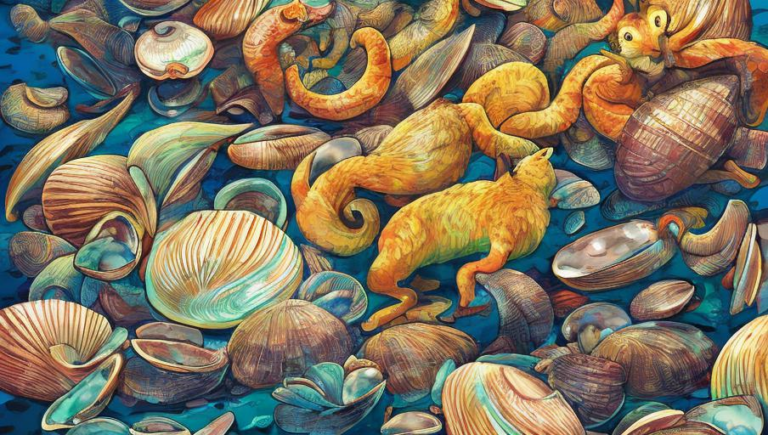Habitat Destruction and Its Effects on Crabs

Introduction
Crabs are an integral part of many ecosystems, providing food to a variety of species and serving as an important source of income for many communities. However, habitat destruction is threatening the survival of these remarkable creatures. This article will discuss the effects of habitat destruction on crabs, as well as the various threats they face and the solutions to protect them.
Habitat Destruction
Habitat destruction is one of the most pressing threats to crabs. Human activities, such as deforestation, urbanization, and pollution, are all contributing to the destruction of crab habitats. This destruction has a direct effect on the species, as it reduces the amount of food and shelter available to them. It also means that crabs are unable to access essential resources, such as food, shelter, and nesting sites. This can lead to a decrease in the population of crabs, as well as a decrease in the diversity of the species.
Threats from Other Species
Crabs are also threatened by other species, such as fish and mammals. These predators can attack and eat crabs, reducing their populations. Additionally, crabs can be affected by invasive species, such as the Chinese mitten crab. This species competes with native crabs for resources and can out-compete them, leading to a decrease in population.
Climate Change
Climate change is another major threat to crabs. As temperatures rise, crabs are forced to move to cooler waters, which can be difficult if their habitats have been destroyed. Additionally, ocean acidification can have a negative effect on the species, as it reduces the availability of calcium, which is essential for their shells. The increase in extreme weather events, such as hurricanes and floods, can also have devastating effects on crabs, as it can lead to the destruction of their habitats.
Solutions
Luckily, there are solutions to protect crabs from these threats. One of the most effective methods is to create protected areas that are designed to protect crabs from human activities. Additionally, efforts should be made to reduce pollution and limit the destruction of habitats. It is also important to reduce the fishing of crabs, as this can have devastating effects on their populations. Finally, education is key to raising awareness about the importance of protecting crabs and their habitats.
Conclusion
Habitat destruction is a major threat to crabs, as it reduces their access to resources and can lead to a decrease in their population. Additionally, other species, such as predators and invasive species, can threaten them. Finally, climate change can also have devastating effects on these creatures. Fortunately, there are solutions that can be implemented to protect crabs and their habitats. It is essential that these solutions are implemented in order to ensure that crabs are able to thrive.





